Understanding Low Voltage Switchgear and LV Panels: A Simple Guide
Electricity is a big part of our daily lives, powering everything from the lights in our homes to the machines in big factories. But to use electricity safely, we need special equipment to control and protect it. For the power that runs most of our everyday devices, low voltage switchgear and low voltage panels (often called LV panels) are super important. This guide will help you understand what they are, why they matter, and how they keep us safe.
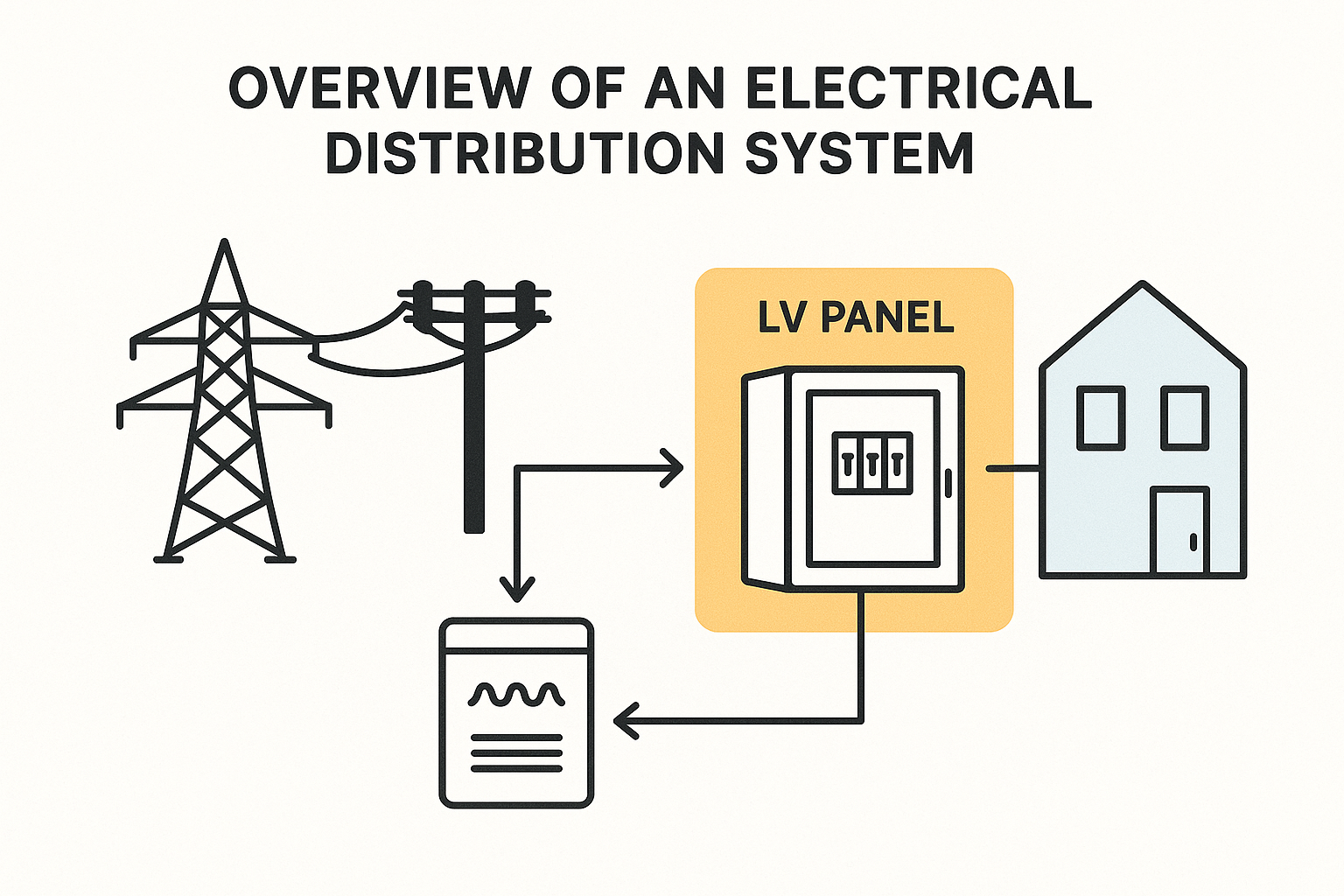
What is Low Voltage Switchgear (LV Switchgear)?
Low Voltage Switchgear, or LV switchgear for short, is a team of electrical devices that work together to control, protect, and isolate electrical systems that use lower amounts of electricity. "Low voltage" usually means anything up to 1,000 volts – the kind of power that typically runs through homes, offices, and many businesses.
Think of LV switchgear as the main safety and control hub for your electrical circuits. Its main jobs are:
- Protection: It guards electrical circuits and equipment against damage from things like overloads (too much power) or short circuits (when electricity takes a wrong path).
- Isolation: It allows parts of an electrical system to be safely disconnected for maintenance or repairs.
- Control: It lets you turn power on or off to different areas or machines.
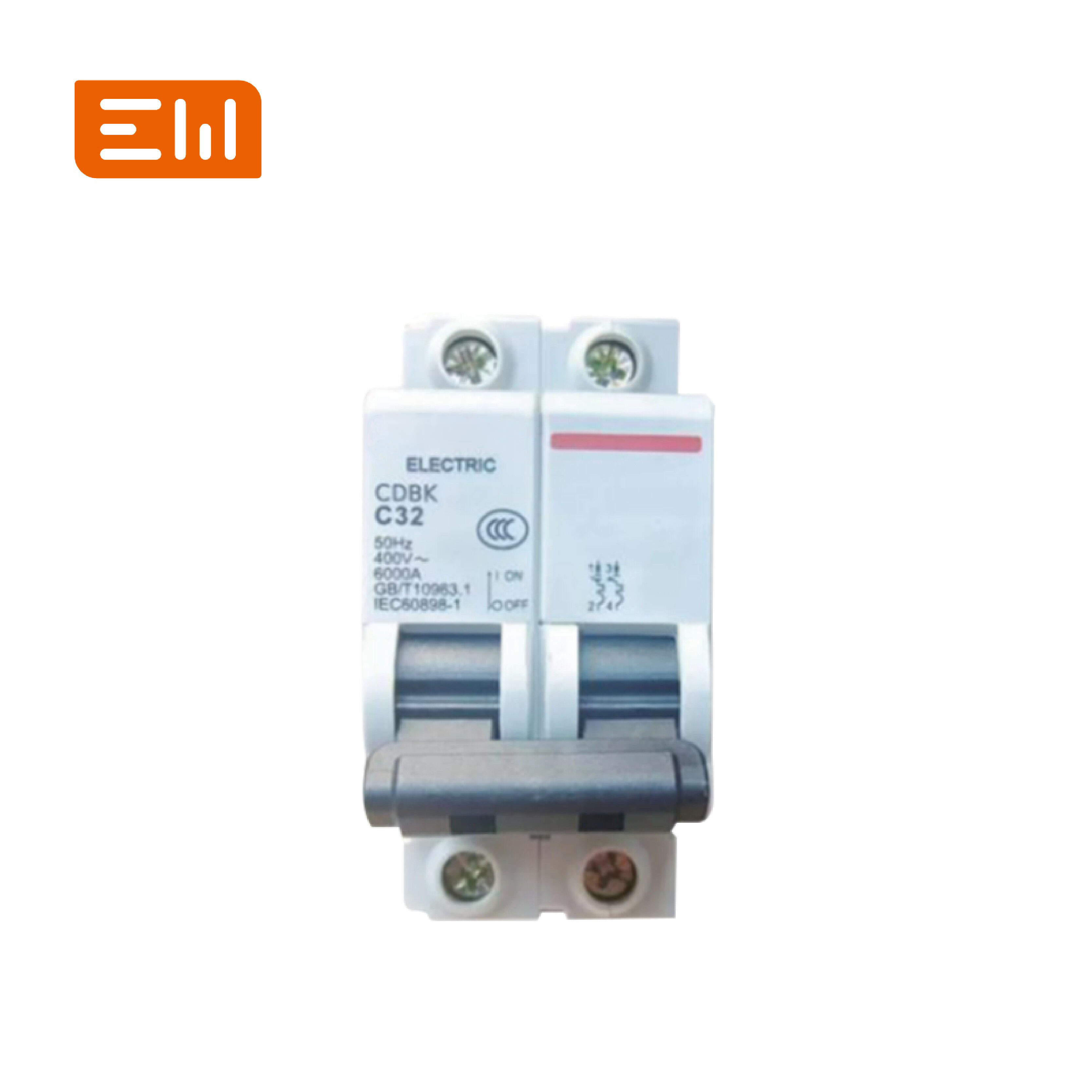
These systems are a crucial part of overall electrical safety. For a broader understanding of how this fits into larger electrical protection schemes, you can read about the basics of switchgear systems.
Key Components Found in Low Voltage Switchgear
Several important parts make up a typical low voltage switchgear assembly. These are often housed together in low voltage panels:
- Circuit Breakers: These are automatic switches that protect circuits from damage.
- Miniature Circuit Breakers (MCBs): Common in homes for individual circuits like lighting or outlets.
- Molded Case Circuit Breakers (MCCBs): Used for higher currents, often found in commercial or industrial LV panels.
- Air Circuit Breakers (ACBs): For even larger power needs, typically in main distribution panels.
- You can find various types, including reliable MCCB Low Voltage Circuit Breakers and ACB Low Voltage Circuit Breakers.
- Fuses: These are simpler safety devices with a wire that melts and breaks the circuit if too much current flows.
- Switches (Disconnectors/Isolators): These allow manual disconnection of circuits from the power supply, ensuring safety during maintenance.
- Busbars: These are metal strips (usually copper or aluminum) that distribute power from the incoming supply to the various circuits within the panel.
- Enclosures: This is the metal cabinet or box that houses all these components, forming the low voltage panel itself.
Understanding Low Voltage Panels (LV Panels)
A Low Voltage Panel (or LV panel) is essentially the complete assembly of LV switchgear components inside an enclosure or cabinet. You might know them by other names like:
- Distribution Board (DB)
- Panelboard
- Breaker Box (common in homes)
- Electrical Panel

These low voltage panels are vital because they:
- Centralize Control and Protection: They bring all the necessary protective devices for various circuits together in one place.
- Enhance Safety: They enclose live electrical parts, reducing the risk of accidental contact and electrical shock.
- Organize Circuits: They make it easier to identify and manage different electrical circuits.
Different types of LV panels serve different purposes, such as main distribution panels that receive power directly from the utility, sub-distribution panels that feed smaller areas, or control panels for machinery.

Why Are Low Voltage Switchgear and Panels So Important?
Using properly designed and installed low voltage switchgear and LV panels is crucial for several reasons:
- Safety: This is the biggest reason. They protect people from electrical shocks and fires by quickly cutting off power during faults. They also protect electrical appliances and machinery from damage.
- Reliability: By isolating faults, they prevent a problem in one circuit from affecting the entire electrical system, ensuring a more consistent power supply.
- Efficiency: Well-organized low voltage panels make it easier to distribute power where it's needed and to troubleshoot problems.
- Compliance: Electrical installations must meet specific safety standards and codes. Using certified LV switchgear helps ensure these regulations are met.
Common Places You'll Find LV Switchgear and Panels
You'll find low voltage switchgear and LV panels almost everywhere electricity is used:
- Homes: The main electrical panel (often called a breaker box or consumer unit) is a type of LV panel.
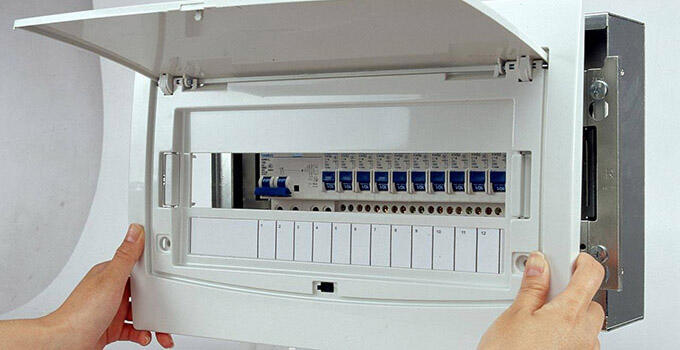
- Commercial Buildings: Offices, shops, schools, and hospitals rely heavily on low voltage panels for their lighting, HVAC systems, computers, and other equipment.
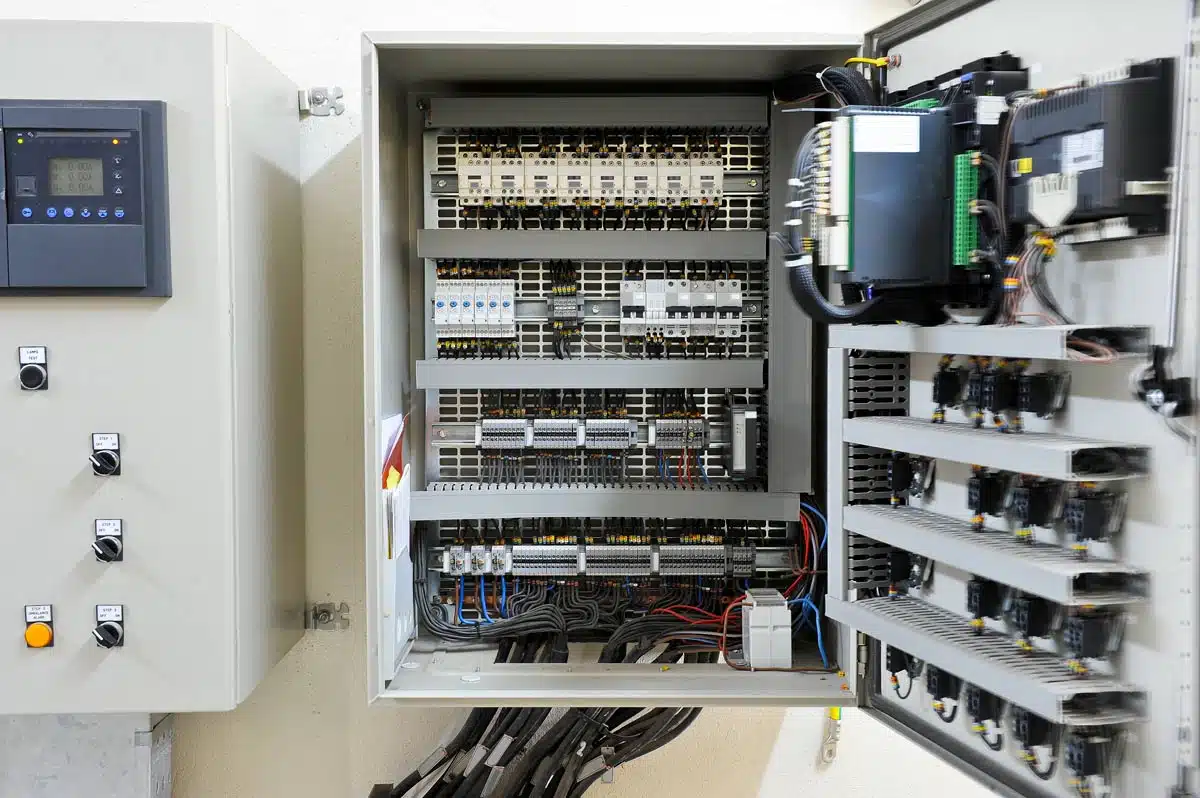
- Industrial Settings: Small factories and workshops use LV switchgear to power machinery, control systems, and ensure operational safety. For businesses and industrial settings, robust Low Voltage Switchgear solutions like MNS Low Voltage Switchgear or GCK Low Voltage Switchgear are essential for reliable power distribution.
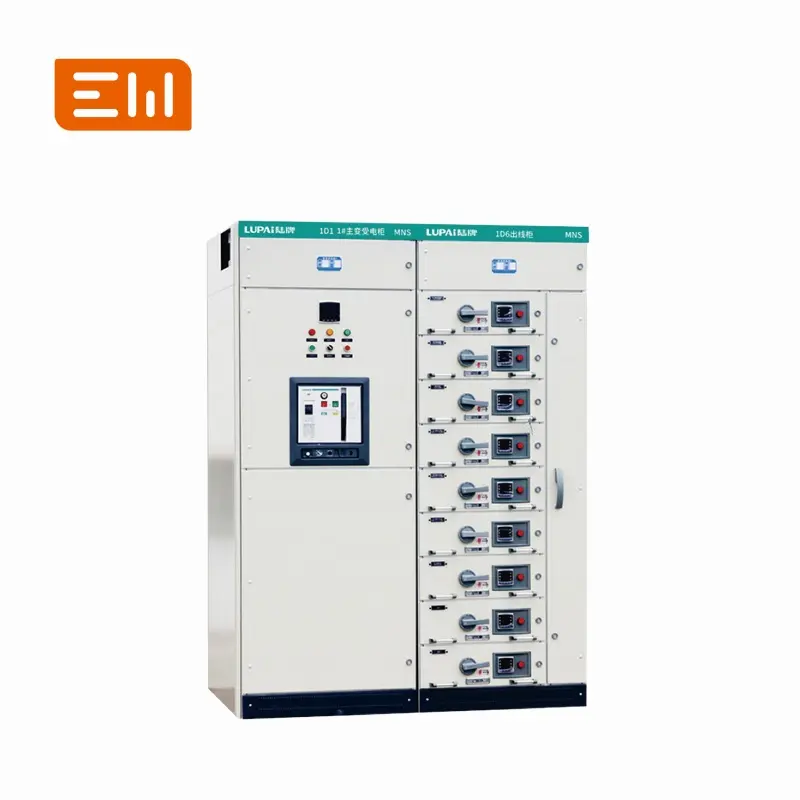
Choosing the Right Low Voltage Panels and Switchgear
Selecting the correct low voltage switchgear and panels is important for safety and efficiency. Here are a few things to keep in mind:
- Understand Your Power Needs: Calculate the total electrical load (how much power you'll need) for the area or equipment the panel will serve.
- Prioritize Quality: Choose components from reputable manufacturers that meet recognized safety standards. This ensures reliability and longevity.
- Check Safety Standards: Make sure the LV panels and switchgear comply with local electrical codes and international standards (like IEC standards).
- Consider the Environment: The location of the panel (indoors, outdoors, dusty, or damp environments) will influence the type of enclosure needed.
- Plan for the Future: It's often wise to choose a panel with some spare capacity for future expansion or additional circuits.
When selecting your low voltage panels, it's a good idea to consult with qualified electricians or engineers and choose reliable electrical switchgear suppliers who can provide guidance and quality products.
Simple Maintenance for Your LV Switchgear
While much of the complex maintenance should be done by professionals, here are some simple tips:
- Keep it Clean and Clear: Ensure the area around your LV panel is clean, dry, and free from obstructions. Dust and moisture can be harmful.
- Look for Warning Signs: Occasionally (and safely, without opening panels unless qualified), look for signs of trouble like buzzing sounds, overheating (discoloration), or tripped breakers.
- Don't Overload Circuits: Avoid plugging too many high-power devices into a single circuit, as this can cause breakers to trip or create a fire hazard.
- Get Professional Checks: Have your electrical system, including low voltage switchgear, inspected periodically by a qualified electrician.
Conclusion
Low voltage switchgear and LV panels are unsung heroes in our electrical world. They work silently to protect us, our homes, and our businesses from electrical hazards, while ensuring that power is distributed efficiently and reliably. Understanding what lv switchgear does and the importance of well-chosen and maintained low voltage panels is the first step towards a safer and more dependable electrical environment.
Always prioritize safety and quality when dealing with any electrical installation. For more details on switchgear technology and how it forms the backbone of electrical safety, you can refer to our comprehensive guide on understanding the basics of switchgear systems.

